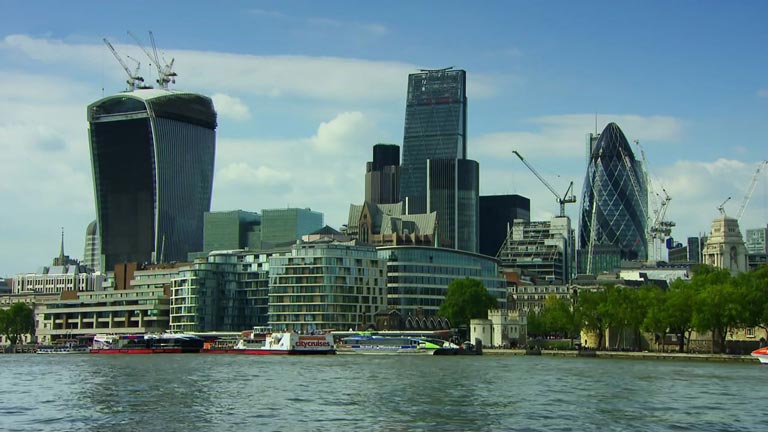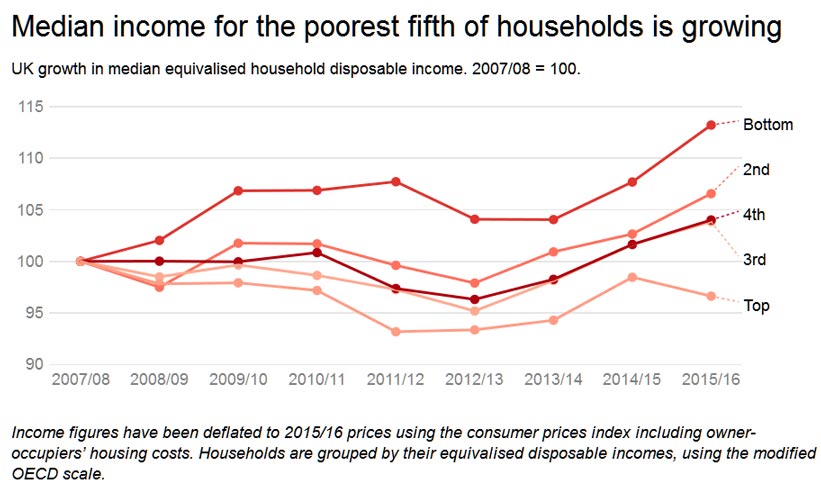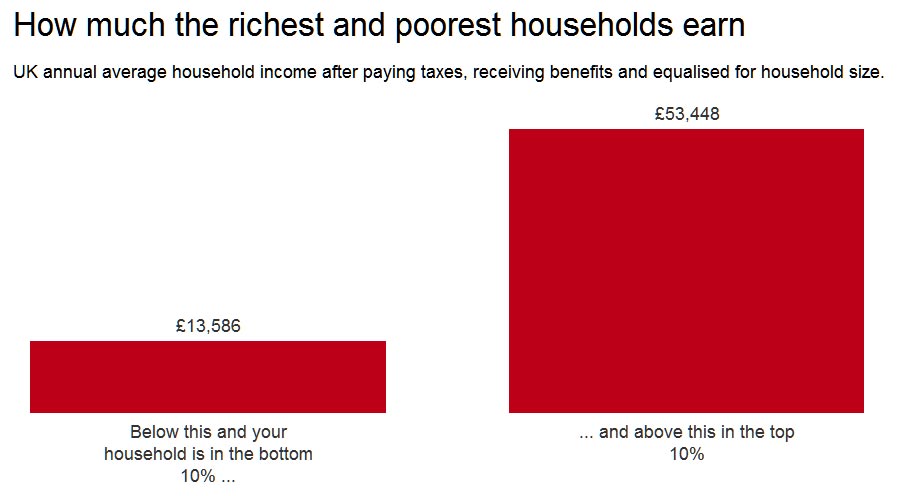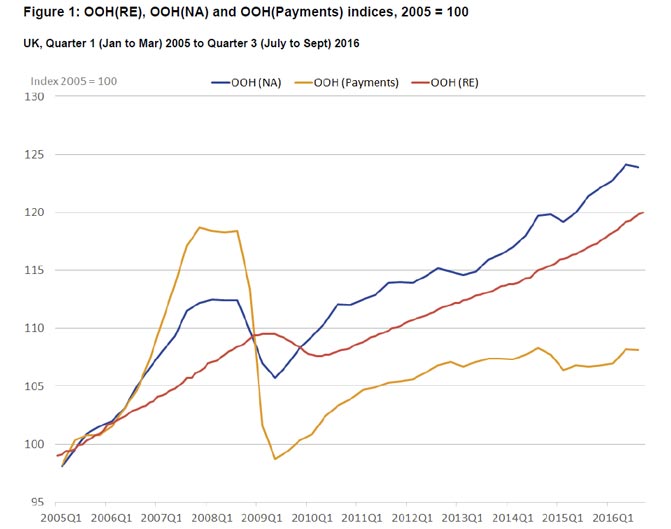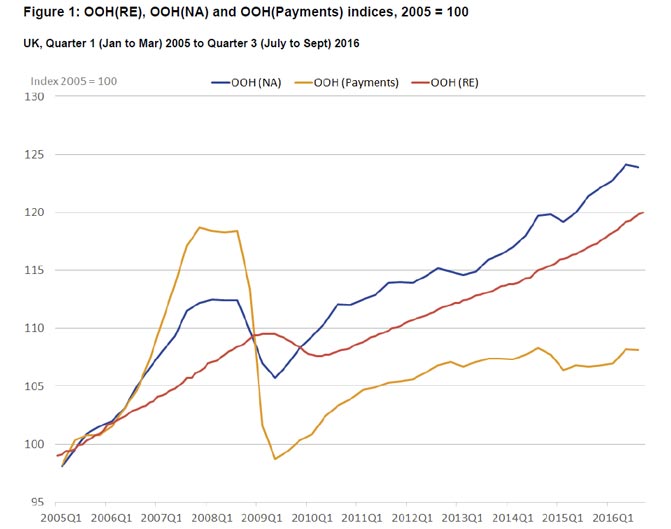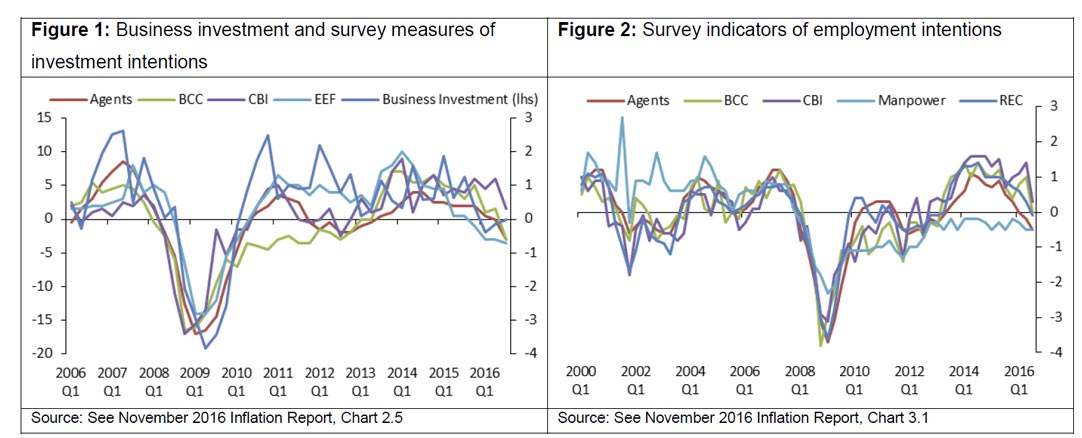The Bank of England released their latest economic and inflation update. They are now expecting a stronger inflation rate in the short term, higher than their immediate post-Brexit-vote projections. GDP looks pretty good too.
UK economic activity remained resilient in the second half of 2016. Growth is likely to slow over 2017 as households adjust their spending to lower real income growth resulting in large part from the 18% fall in sterling since late 2015. That fall in sterling will raise CPI inflation, which is likely to return to around the 2% target by February and then rise above it over the following months.
Conditioned on a market path for Bank Rate that rises to just under 0.75% by early 2020, the MPC projects CPI inflation to fall back gradually from the middle of 2018. Continued pass-through of higher import prices means, however, that inflation is projected to remain somewhat above the 2% target at the end of the Committee’s three-year forecast period.
The UK economy has remained resilient, with activity growing at close to its past average rate in 2016. Growth has been stronger than envisaged in the immediate aftermath of the vote to leave the European Union when survey evidence pointed to a sharp slowdown in activity. That partly reflects robust growth in consumer spending, with few signs that households are cutting back expenditure ahead of a squeeze in their real incomes. Official data for investment have been considerably weaker, although above recent expectations. Reinforcing the domestic news, there are signs of increasing momentum in the global economy with a stronger medium‑term outlook in several economies, supported by fiscal policy (Key Judgement 1). That has been reflected in global asset prices, with longer‑term interest rates and equity prices rising.
Domestic demand growth is still expected to slow over the course of this year as higher prices for imported goods and services begin to weigh on households’ spending power (Key Judgement 2). That pulls down four-quarter GDP growth, which settles at around 1¾% from the end of 2017 (Chart 5.1). That slowdown comes a little later than previously assumed. Moreover, the Government’s Autumn Statement represented a fiscal stimulus, relative to previously announced plans, the outlook for global growth is stronger, and credit conditions and equity prices are more supportive. Taking all the news together, the MPC now judges that the growth outlook is stronger than thought in November. Overall, in the central projection that leaves the level of GDP around 1% higher in three years’ time than projected in November. Relative to expectations in the May 2016 Report, just before the EU referendum, however, the level of GDP is still around 1½ lower in the medium term despite the significant monetary, macroprudential and fiscal support since then.

